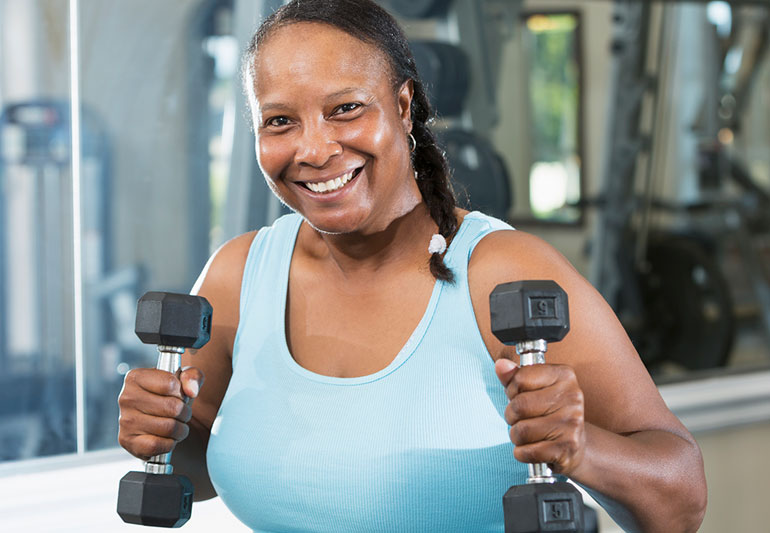Osteoporosis is a bone disease in which bone tissues deteriorate and bones become brittle leading to frequent fractures. It is often called a silent disease because there are no symptoms in the early stages and it progresses quietly. According to statistics, one in every three women over 50 years of age suffer an osteoporotic fracture. One in five men also face the same risk but only around 20% of osteoporosis patients are being diagnosed and treated. In a 2013 study, it was estimated that 50 million people in India are either osteoporotic (T-score lower than-2.5) or have low bone mass (T-score between-1.0 and-2.5).
World Osteoporosis Day
Every year on 20th October, World Osteoporosis Day is celebrated across the world to raise awareness about the disease that severely affects the bone health of an individual. The United Kingdom’s National Osteoporosis Society observed World Osteoporosis Day for the first time on 20 October 1996. The theme for 2021 is Serve Up Bone Strength.
Early signs of osteoporosis:
Due to low mineral density in the bones, the handgrip is weakened. Weak and brittle nails may indicate a lack of bone density.If you have osteoporosis, you might mistakenly think exercise will lead to fracture. But certain types of exercise strengthen muscles and bones, while other types are designed to improve your balance - which can help prevent falls.
Benefits of exercise - It's never too late to start exercising. Before you start, consult your doctor before starting any exercise program for osteoporosis. For postmenopausal women, regular physical activity can:
Increase your muscle strength.
Improve your balance.
Decrease your risk of bone fracture.
Maintain or improve your posture.
Relieve or decrease pain
Exercises recommended for people with osteoporosis
Strength training exercises – This includes the use of free weights, resistance bands or your own bodyweight to strengthen all major muscle groups, especially spinal muscles important for posture. Resistance training can also help maintain bone density.
Weight-bearing aerobic exercises - Weight-bearing aerobic activities involve doing aerobic exercise on your feet, with your bones supporting your weight. Examples include walking, dancing, low-impact aerobics, elliptical training machines, stair climbing and gardening.
Flexibility exercises - Moving your joints through their full range of motion helps you keep your muscles working well. Stretches are best performed after your muscles are warmed up. They should be done gently and slowly, without bouncing.
Stability and balance exercise - Stability and balance exercises help your muscles work together in a way that keeps you more stable and less likely to fall. Simple exercises such as standing on one leg or movement-based exercises such as tai chi can improve your stability and balance.

 Osteoporosis is a silent bone disease with no early-stage symptoms. This disease condition can severely impair your mobility and independence
Osteoporosis is a silent bone disease with no early-stage symptoms. This disease condition can severely impair your mobility and independence










.jpeg)

.jpeg)
.jpeg)

.jpeg)


.jpeg)



.jpeg)
.jpeg)
.jpeg)


.jpg)


.jpeg)
.jpeg)